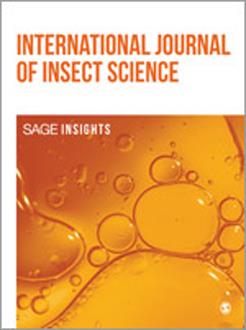In the present study, the nest architectural patterns, elemental analysis and their behavior were carried out in three wasp species: Vespa velutina (Lepeletier), Polistes flavus (Cresson) and Sceliphron formosum (Smith) from the different localities of the Mansehra, Pakistan. The V. velutina nest was completely closed except for one opening for entry or exit with 1–10 layers of hexagonal cells inside the nest. The nests of P. flavus were found among bunches of leaves of trees with 1–5 layers and hexagonal cells same as in V. velutina. Nests of the S. formosum were pitcher-shaped, found in muddy places, and consisted of 1–10 cells. Social behavior of wasps showed strong foraging, defensive behaviors, pseudo-attack, subsequent erratic flight, wing buzzing, mandibular pecking, abdominal pumping and abdominal twisting with highly developed parental care. It was concluded that the behaviors of these 3 wasp species was highly developed as compared with other insects.
How to translate text using browser tools
1 January 2020
Nest Architectural Patterns by Three Wasp Species (Vespa velutina, Polistes flavus and Sceliphron formosum) with Reference to Their Behavior
Farzana Perveen,
Muzafar Shah
elemental analysis
hornet wasp
Mansehra
mud dauber wasp
paper wasp
social behavior





